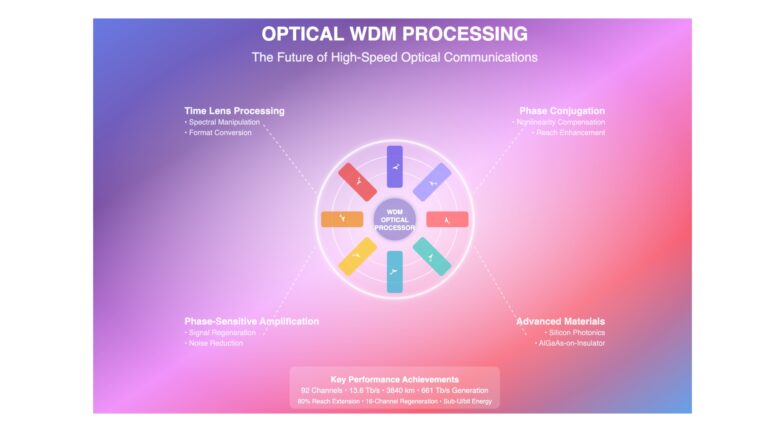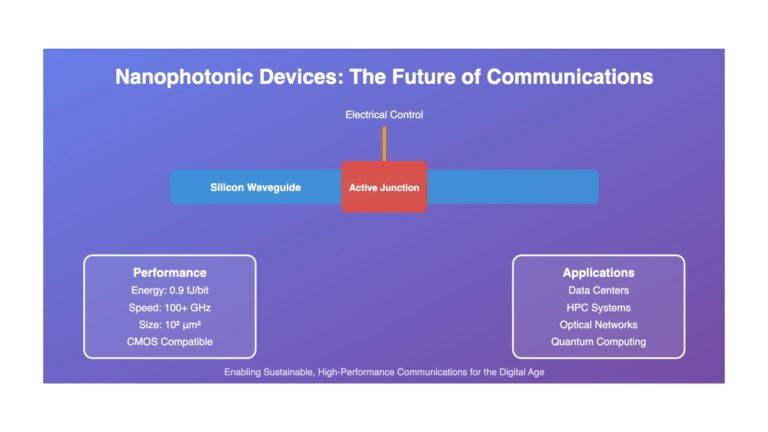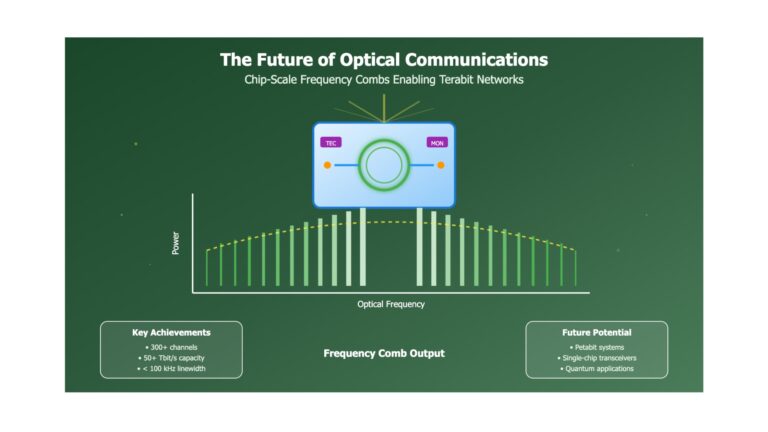Q is the quality of a communication signal and is related to BER. A lower BER gives a higher Q and thus a higher Q gives better performance. Q is primarily used... Read More
Q and dBQ : A Walkthrough
Tag: dBQdBQ calculationOptical communicationOptical networkOptical performanceOptical signal analysisOptical signal evaluationOptical signal integrityQSignal analysis methodsSignal analysis techniquesSignal qualitySignal quality measurementSignal quality metricsSignal-to-noise ratioSignal-to-noise ratio measurement
You May Also Like
Font Size: A- A A+... Membership Required You must be a member to access this content.View Membership LevelsAlready a member?...
-
Free
-
July 3, 2025
Font Size: A- A A+... Membership Required You must be a member to access this content.View Membership LevelsAlready a member?...
-
Free
-
July 3, 2025
Font Size: A- A A+... Membership Required You must be a member to access this content.View Membership LevelsAlready a member?...
-
Free
-
July 3, 2025



